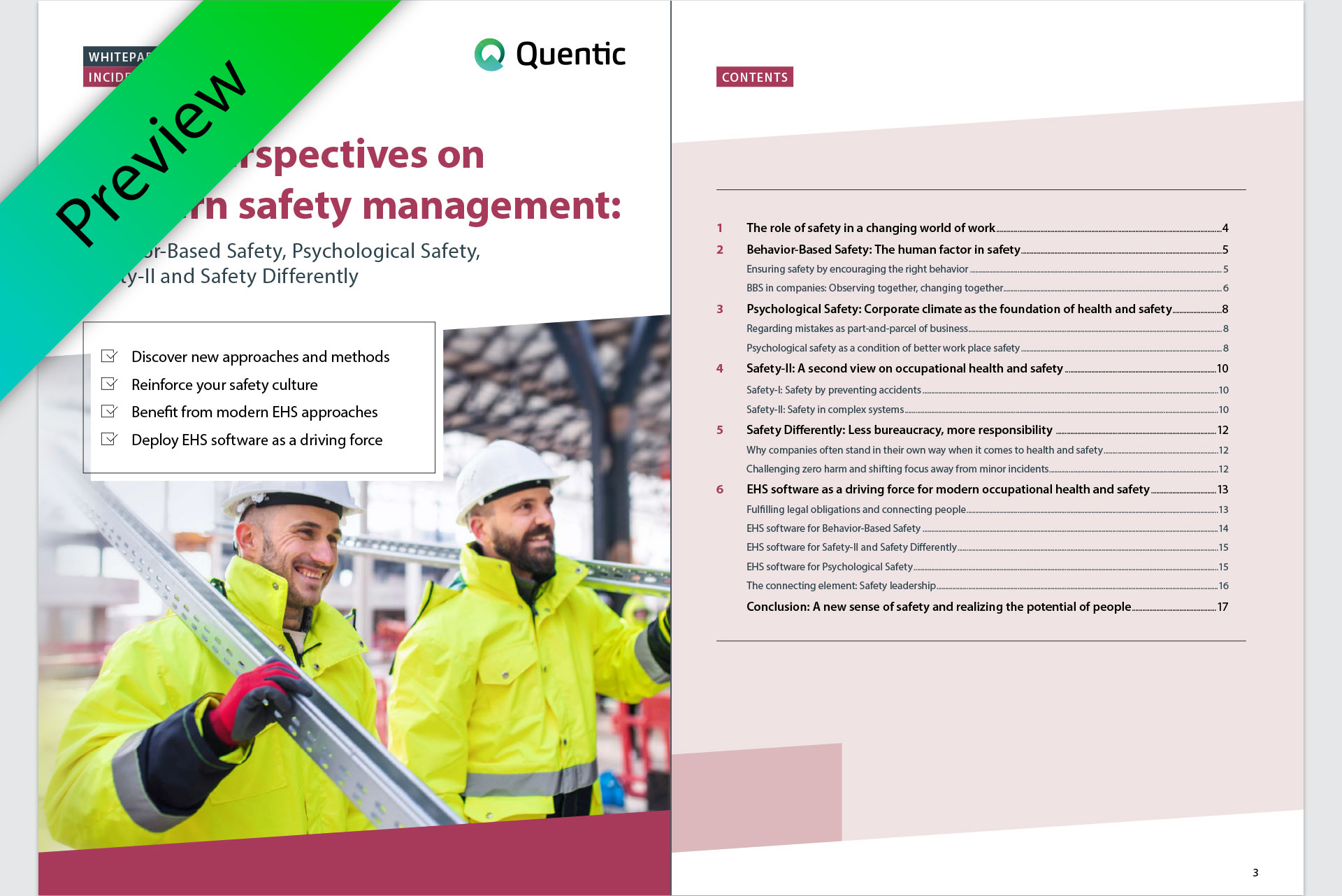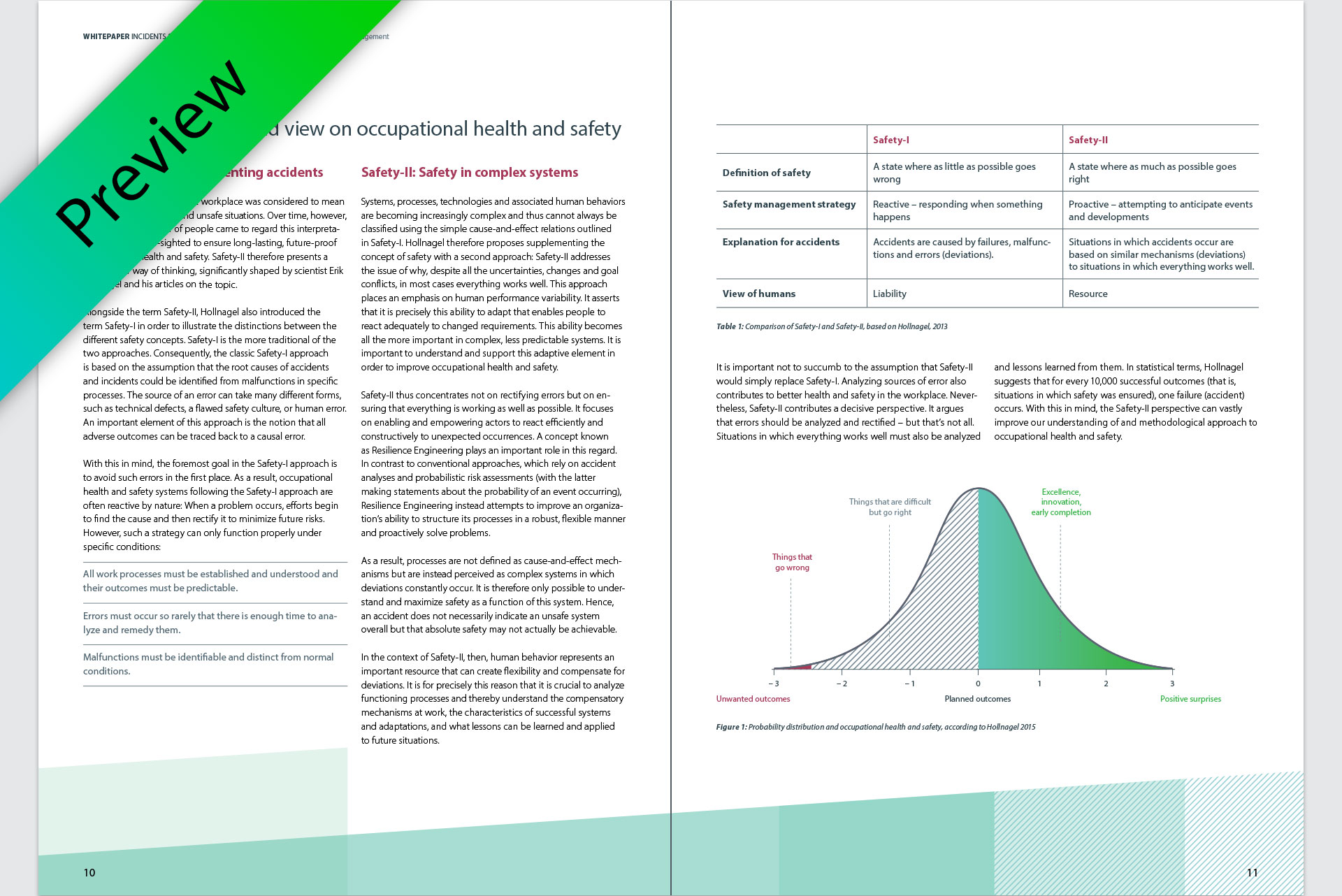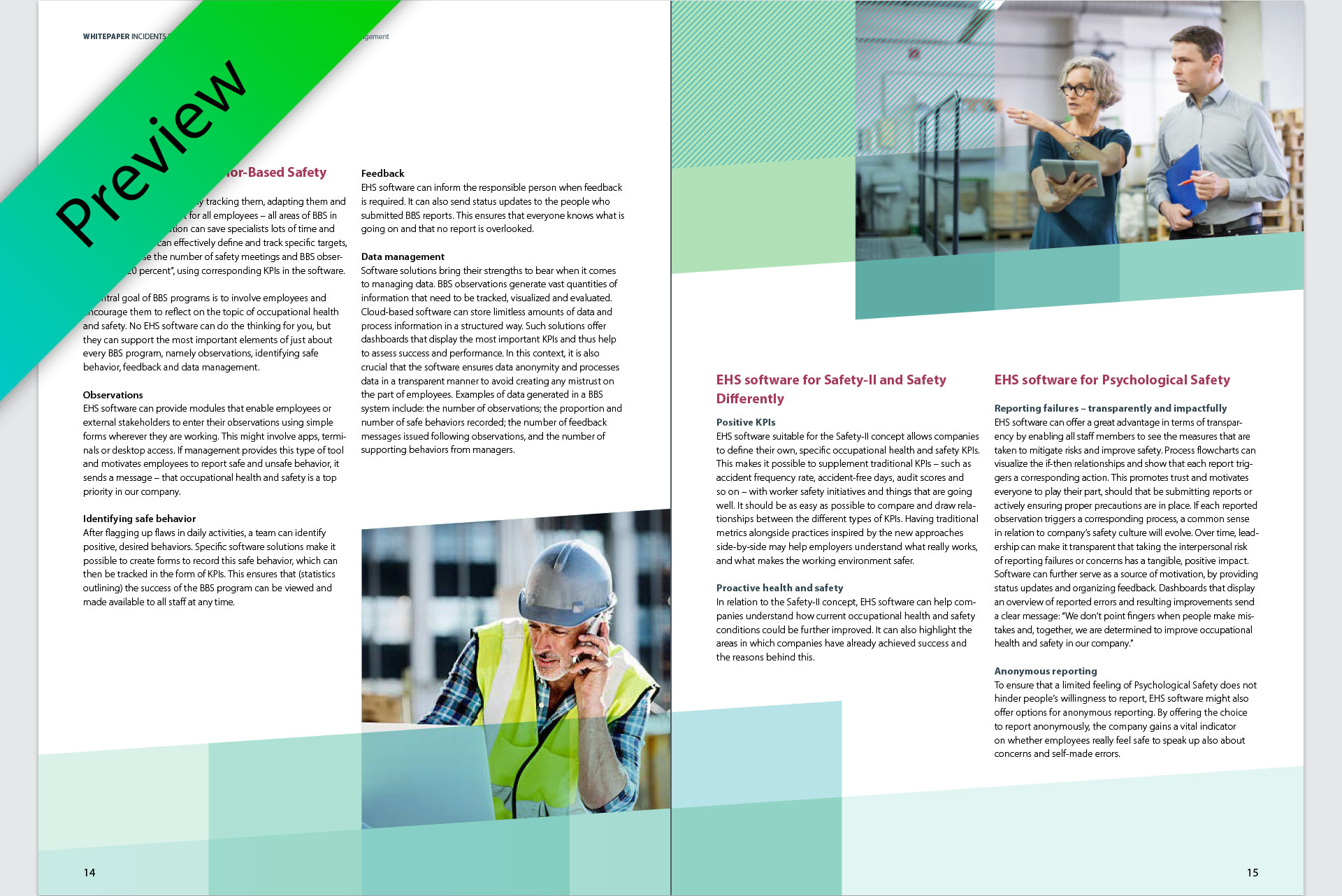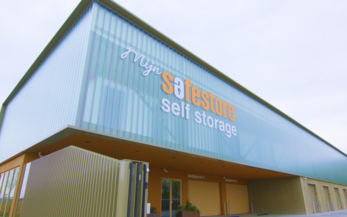What is modern occupational safety all about?
What happens when the old, tried-and-true methods aren’t able to sink your accident rate any further? Is compliance the key to the future, or is it safety leadership? How can you prevent bureaucracy from getting out of control and safeguards from hindering productivity? To answer these questions in their entirety, we need new perspectives. More and more experts are concurring that traditional occupational safety concepts are too short-sighted and that conventional methods are not enough to ensure an environment that is safe for employees in the long term.







